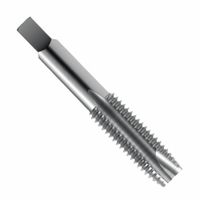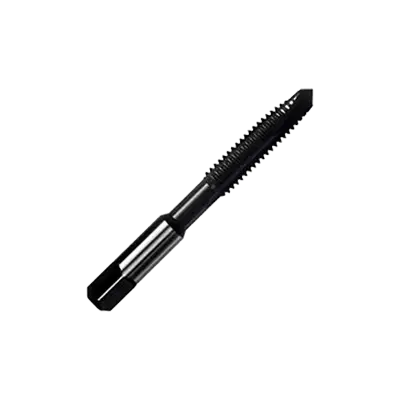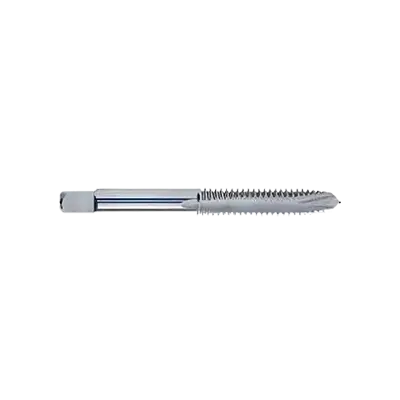- Home
- Machining
- Threading
- Taps Internal Threading Tools
- Spiral Point Taps
.....Read More

General Purpose Spiral-Point Taps

High-Performance Spiral-Point Taps for Aluminum

High-Performance Spiral-Point Taps for Cast Iron

High-Performance Spiral-Point Taps for Multiple Materials

High-Performance Spiral-Point Taps for Nickel & Titanium

High-Performance Spiral-Point Taps for Steel & Stainless Steel
Frequently Asked Questions
What are spiral-point taps used for?
How do spiral-point taps differ from other types of taps?
What materials can spiral-point taps thread?
What is the advantage of using spiral-point taps in through holes?
How do you select the right size spiral-point tap for a job?
What is the difference between general purpose and high-performance spiral-point taps?
How do you maintain and care for spiral-point taps to ensure longevity?